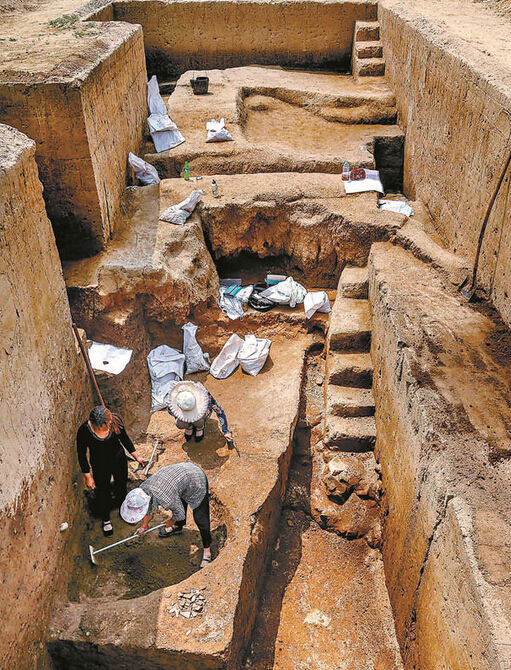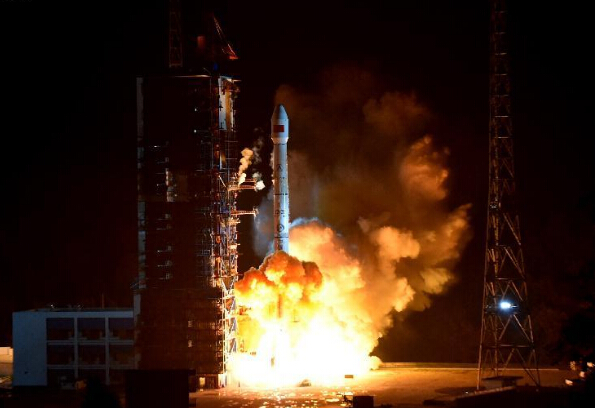How I am a good European
One of my main arguments for the UK to leave the EU was to allow the rest of the members to complete their union free from the UK seeking to hold them back. Anyone looking at the state of the Eurozone can see that the poorer parts of the zone need larger financial transfers from the richer parts. The way the system works at the moment is through the so called Target 2 balances. The latest figures show that Germany now has a huge deposit of Euro 796 billion with the European Central Bank. This is lent out interest free for as long as it is needed to the large deficit countries. Italy, Spain, Greece and Portugal are the main beneficiaries. In a normal currency Union the equivalent region to Germany would simply send more grants to the parts of the Union needing more money. These balances may well become an important part of the German election debate over how much money Germany should share with the rest of the Union, and how that should be organised.
David Cameron felt he had to keep the UK out of the Fiscal treaty that wanted to start to address this issue. The UK always made clear as a member it did not wish to see a bigger EU budget and did not wish to send more of its cash to the poorer high unemployment regions of the south of the Eurozone. The rest of the EU with the possible exception of a few richer Northern countries did want a growing budget with more solidarity recognised in higher transfer payments. It was increasingly difficult to be in the EU but not be in the Euro, the central feature of the EU. The UK was also reluctant to work on a European defence identity or common armed forces, was out of the Schengen common borders and an opponent of the planned political Union with an EU Treasury and more common taxation. The UK public had always been told the EU was just a glorified free trade area which should be good for our exports. In practice it was a customs Union with many and growing features of a full economic, monetary and political union, which was better for their exports to us. It stopped us having free trade agreements with many other parts of the world.
One of the strange things about the UK debate since the decision to leave is the wish of some to argue both that the UK will lose out badly from leaving, and that we have to be punished to make sure we do lose out. The Commission and some in other member states who keep on saying they need to demonstrate we will lose from departure argue a contradiction. If, as they say, belonging is such good news, leaving is punishment enough. If, as they imply, belonging is such bad news, then of course they need to replicate as many of the undesirable features of belonging as they can on the departing state to stop it doing better! It makes it a highly negative approach. Pessimism rules, and a few suggest revenge is their favourite dish. They will of course discover revenge is a boomerang. They cannot hurt us because we are shaking off their controls but they can hurt themselves by imposing high tariffs on their agricultural exports to us and higher taxes to make up for our lost contributions. They should also remember that their own Treaty makes it clear they have a legal obligation to get on well with a neighbouring state and to trade with it.
I find the delay in the EU acknowledging that all UK citizens legally settled in the rest of the EU can stay there is shocking. Surely these officials and politicians understand that no decent country expels legally settled law abiding citizens from its jurisdiction? The UK has no wish to expel EU citizens legally here in the UK. What is holding back the rest of the EU saying the same? This should not be a negotiation. This is not something the UK wants and has to pay for. This is just basic decency, and international law.
read more



